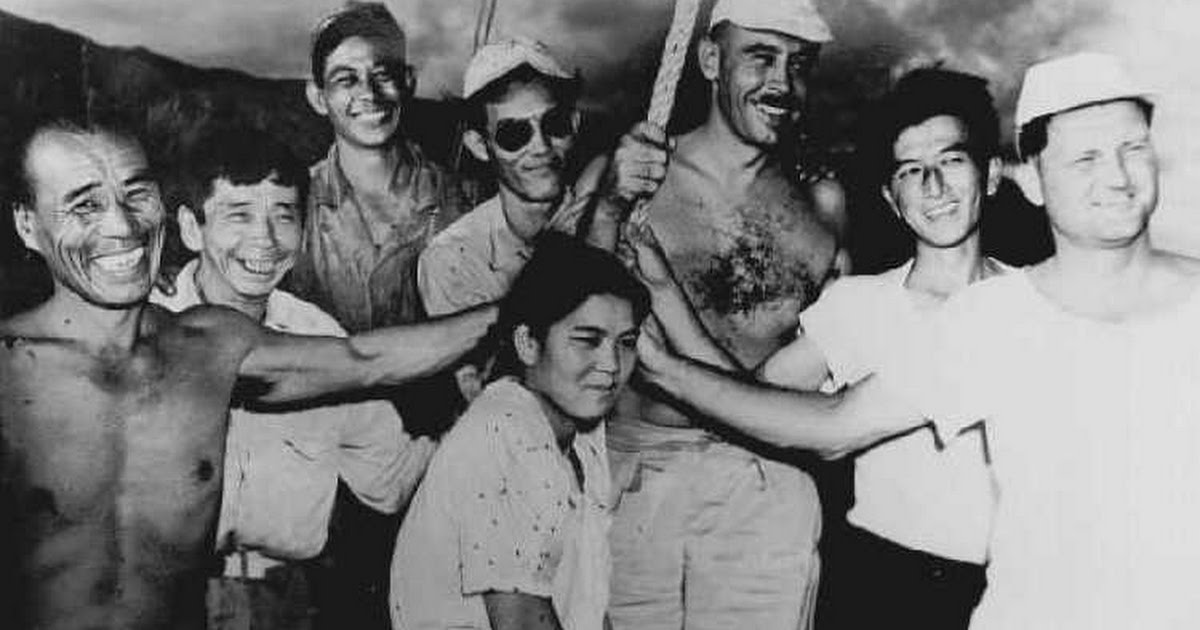- HubPages»
- Books, Literature, and Writing»
- Books & Novels»
- Nonfiction»
- Biographies & Memoirs
Henrietta Lacks, the woman whose cells were stolen to create ALL cell research
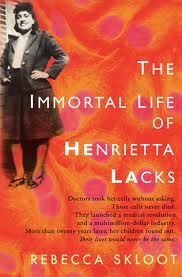
It all started with a single woman
How much do you know about cellular research? Would it surprise you that most of that line of research has only been possible because of a set of cells taken from a woman without her knowledge and then sold at great profit without the knowledge of her family? Would it surprise you to know that while this woman was alive an animal involved in a research study had more rights than a human study? This is the story of Henrietta Lacks and her amazing cells.
Image Credit Amazon
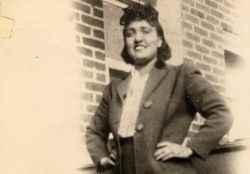
The woman behind the code name (HeLa)
Henrietta was actually born Loretta Pleasant in a very poor and predominantly black part of Virginia called Roanoke in August of 1920. Henrietta never had much money and ended up marrying her first cousin David Lacks when she was 21 after they already had two children together. She actually started having children very early with her first being born when Henrietta was only 14. Yet this early start in adulthood actually strengthened Henrietta's character. Those that knew her said that she was the strongest woman of the neighborhood, caring for others and never complaining about any pain or suffering she felt. This included when she was beaten by her husband when he was drunk. They later moved to Turners Station, a long lost African American community in Virginia to work in one of the many manufacturing plants that had been built with the run-up of WWII.
None of this was terribly unusual history in the early part of the 20th century in this part of the country. African American employees of the industrial machine lived in segmented communities and never made enough money to move much beyond the poverty level. Thus when Henrietta started to have unusual bleeding and lumps in her body she didn't have many choices. In fact she told neighbors and friends that she felt a very unusual knot in her stomach. Unfortunately at that same time she was pregnant and thus was told by those same friends that the pregnancy is probably causing that feeling. Yet after the birth they could not stop the bleeding and thus was referred to Johns Hopkins.
Here is where the story gets very interesting and brings to light so many ethical questions. Johns Hopkins hospital was one of the few free hospitals that would treat African American patients. As such they didn't always treat their patients with the same level of respect we would hope to see today. First, since most of the patients were not well educated, rarely was procedures or courses of treatment discussed. Rather the doctor would give only the most cursory of details before asking permission to move forward. Second, since the patients were receiving free medical treatment it was assumed that certain amount of research on the patients was thought to be acceptable as payment for that free treatment. Thus we return to Henrietta Lacks.
When Henrietta was admitted to the hospital she was seen by Dr. Howard Jones who saw something that he later documented he had never seen before. While cancer was on the rise this tremendous lump that he saw in her cervix was more inflamed than any he was used to seeing. He cut a piece off and sent it off to get tested to confirm she did indeed have a malignant form of cervical cancer. The way they treated this was actually sowing pieces of radiation over the tumor in what was considered leading edge radiation treatment. The also used incredibly strong x-rays over her stomach that actually caused severe burns and actually caused charred her skin. While all these treatments were going on two samples of the cells (one healthy and one from the tumor) were removed and sent to Dr. George Otto Gey. Unfortunately, the treatments which caused tremendous pain were unsuccessful and while she returned for numerous treatments she ultimately dies alone in the hospital in 1951. She was buried in an unmarked grave in Lackstown (named after the white Lacks family from whom she received her name).
But this is not where her story ends, in fact that was just the beginning.
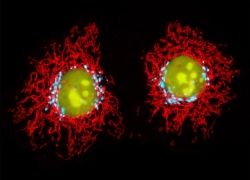
The breakthrough for medical research
Up to this point cellular research had a very slow start. At this point growing cells for research purposes was incredibly tedious and difficult. Keep in mind to do research you need identical cells (control groups and research group) and you need a whole lot of them. The process of growing cells out of the body start with trying to create the perfect medium to grow the cells and then place the seed cells onto the dish and hope that it grew. At this point every time cells were added they would indeed multiply but only a single layer along the base of the dish where the food medium was located. When Dr. Gey’s team tried with the Henrietta Lack cells they not only grew at a tremendous rate but they grew on top of each other forming a larger and larger mountain of cells. Here for the first time they had cells multiplying and filling a jar as long as there was food for them to feed on.
The other challenge that had plagued early researchers was the short life span of most cells. In normal cells, they will only reproduce a certain number of times before they simply can not reproduce anymore. Yet Henrietta’s cells somehow reset their counter after each reproduction allowing them to reproduce indefinite amounts of time. The possibilities were enormous, these were now considered immortal cells.
Dr. Gey asked for more samples from Henrietta’s primary doctor and again received them. All of this done without any knowledge of Henrietta or her family that these samples were not being used to help treat her but were instead being used for research. Dr. Gey started to invent tremendous breakthroughs in breeding these cells including a better medium for growing them and a movable turntable that allowed them to grow faster by allowing the cells better access to the medium. The timing could not have been better considering the race to cure Polio was ever more present and thus the need for cells urgent. Dr. Gey tried to grow and produce as many samples as possible sending them to any research facility that requested them, charging a modest amount for the cells. Yet with the need for more cells growing exponentially the cells were taken by an entrepreneur who started to grow and sell them commercially. These cells were now called HeLa (after the first two initials of both the first and last name of the original patient). They have been used to test the effects of toxic chemicals, gene mapping, as well as cancer and AIDS research. They have even been used to test the impact of new types of glue and cosmetics on human cells.
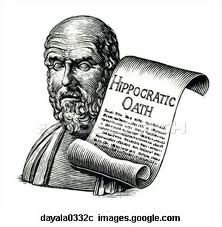
Does science have to ask a patient if they can use their cells for research if it does not impact patient health?
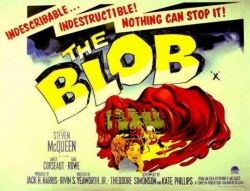
The mass hysteria of public opinion
In the 1950s and 1960s cell research was barely understood and thus when Dr Gey published articles talking about human cells reproducing in a jar on his desk to not just science journals but everyday newspapers it caused tremendous fear and excitement in Hollywood. All of a sudden there were images of blobs of human cells that would grow to the height of buildings and destroy entire cities. Soon we would expect to see malformed humans grown in beakers with cells from multiple people. Clearly not a well understood concept, and yet moral questions did arise.
Dr. Gey would never reveal the source of the cells (most likely because they were never given permission to do this research) but there were no laws codifying the privacy afforded to patients. In fact, there was no laws requiring any protection of patients involved in medical research in general. At that time there were no rules requiring doctors to explain the risks of procedures or other treatment options to patients, rather there was an expectation of trust from patients followed by blind obedience. While there were basic guidelines that had come out around human medical research after the atrocities of Nazi research, there were no laws requiring doctors in the United States to abide by those guidelines. Thus while Dr. Gey did not break any laws, there has been a nagging question if he acted morally. He and his lab assistants have maintained that without HeLa cells millions of lives would be worse off and thus their work has changed the course of mankind. In recent times the US government has attempted to create a cell bank to catalog and keep a record of all the unique cell lines only to discover that HeLa is actually one of the only cell lines still easily used in research after almost a half a century. Something about these cells has not been seen since. So the question remains, a discovery like this that would transform the world as we know it, should it be a persons right to decline?

What we can learn from this story
This is I feel quite a tough story. On one hand you have the story of a poor, uneducated family that is still living below the poverty line while companies profit by the millions using cells taken from them. Yet on the other we have the story on one of the single greatest achievements science has ever seen, being able to replicate cells to cure diseases. Which one is right? I think this story teaches us to make sure we understand that every decision has two paths and it is not always clear which one is right. Many times when you pick a direction someone might get hurt. It is critical that we acknowledge that our decisions have consequences. From the president of a country all the way to a city councilmen, every decision will help one group and hurt another. The key is to try to follow your moral compass.
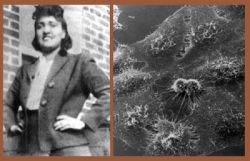
A few of my favorite quotes
“When an editor who insisted I take the Lacks family out of the book was injured in a mysterious accident, Deborah said that's what happens when you piss Henrietta off.” --Friend of Henrietta
“We must not see any person as an abstract. Instead, we must see in every person a universe with its own secrets, with its own treasures, with its own sources of anquish, and with some measure of triumph." --Elie Wiesel
“He wrongly believed that light could kill cell cultures, so his laboratory looked like the photo negative of a Ku Klux Klan rally, where technicians worked in long black robes, heads covered in black hoods with small slits cut for their eyes." -- Describing Dr. Geys lab
“Henrietta's cells have now been living outside her body far longer than they ever lived inside it.” --Cell researcher







